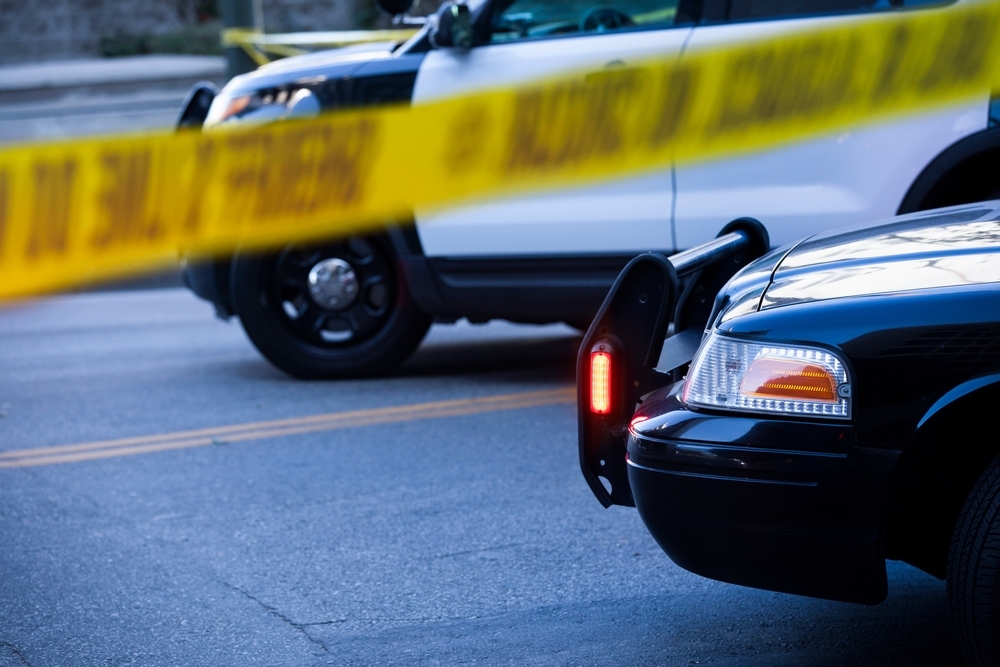Risk
When it Comes to Stopping School Shootings, There’s No Single Solution

“99% of all school shootings can be prevented with access control.” I once heard these exact words from a Department of Homeland Security agent speaking at a conference. A lot of people still subscribe to this mentality, but recently a school shooter shot through the double glass doors at a Nashville school to gain entrance to the building. If you believe in the access control theory, you should start interrogating that belief.
Some people have a tendency to oversimplify when we talk about tragedies. If all organizations just did one thing or invested in one solution, they say, we could solve a massive problem or avoid a painful disaster.
That’s not how disasters work, however. School shootings are complex incidents, and there’s no single solution when it comes to preventing them. But that doesn’t mean there is not an answer. There just isn’t a single cure. There are complex situations, architectural, spatial, temporal, associative characteristics at play that must be considered.
Preventing and mitigating school shootings requires a combination of approaches, as well as a solid understanding of security and how to decrease risk.
Planning for the incident
No one wants to believe a shooting could happen at their school, but planning is critical when it comes to avoiding loss of life.
The three Ds of security — deter, detect, and delay — are a way for a school to reduce the probability of a shooting before an event happens. When a school uses countermeasures in each of these three categories, it changes the campus environment in a way that makes it more difficult for incidents to occur. Some of the categories, however, carry more weight than others depending on the scenario.
In the case of an active shooter, these are the key attributes that define countermeasures in the categories of deter, detect, and delay:
Deter: Discourage the attack or threat from happening
It can be difficult to deter an active shooter from carrying out an attack. Many school shooters are suicidal and aren’t planning to walk out of the school after the incident, so traditional deterrents like arrest and jail time aren’t likely to stop them.
Schools can be an easy target for attackers. They do not (and should not) possess the security culture of an environment like a defense contractor site, and are often called soft targets. However, investigating the motivations for a lot of school shooters — the school as an organization, specific students or student groups, or a teacher or administrator — becomes important. It is, unfortunately, difficult to deter a perpetrator when their obsession is a specific target.
Detect: Identify and verify the threats before the event happens.
When seconds matter, this can be one of the most critical actions. Identifying a shooter on campus before they reach individuals saves lives. It’s ideal to detect an assailant before an event happens, but we are not always afforded this opportunity. The next best thing is to identify the shooter and alert people and police as soon as possible. This can be done using camera analytics or even passive scanning devices to detect weapons and alert everyone.
When an attacker arrives on campus, the clock starts ticking down, so it’s critically important that once the shooter is detected the school community is notified along with the authorities. Texts, alerting systems, phone calls, and other notifications should be sent to all students, faculty, and staff and responders.
Delay: Postpone a threat from reaching your assets allowing for response to happen.
Slowing down an attacker can buy your school valuable time. Access control falls into this category: doors, gates and locks can slow an attacker, although it is not always likely to stop them, especially if detection wasn’t a part of the process before the shooter got inside the building or near people.
One of the reasons access control does not work is because many schools do not embrace a culture of risk. Students and staff can undermine security countermeasures by propping doors open, leaving doors and windows unlocked, or allowing piggybacking. Additionally students may not be in the building all day; they might be out at lunch, at the track, or on a class trip. Notifications can keep them from returning to the school while notifying those in the school to lock down.
There is no one way to stop all school shootings
This article has discussed several countermeasures that can and should be used to stop school shootings. No single countermeasure is more important than any of the others, and in fact, different countermeasures will work better for different campuses and for different assailants.
Other items that are important and not discussed in this article are training, policies, procedures, awareness programs, and many others.
By understanding your school, grounds, and the risk of an active shooter, you can combine countermeasures to create the best possible plan for your school.
Are you ready to talk to an expert about your risk? Talk to us now about assessing your security.





